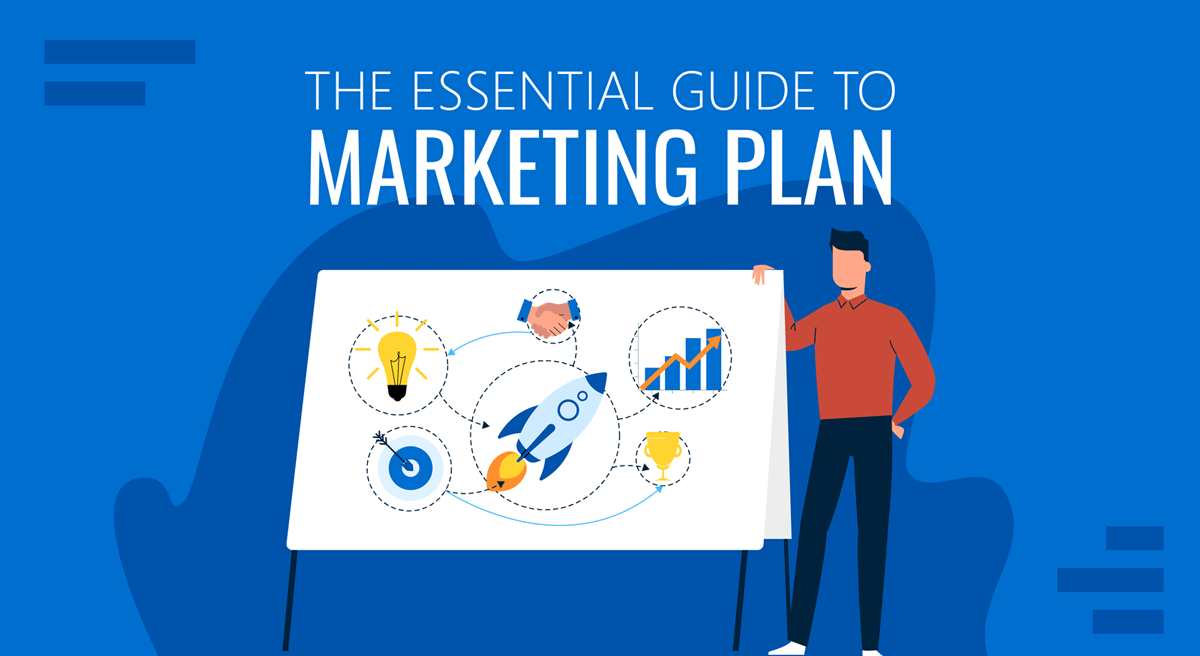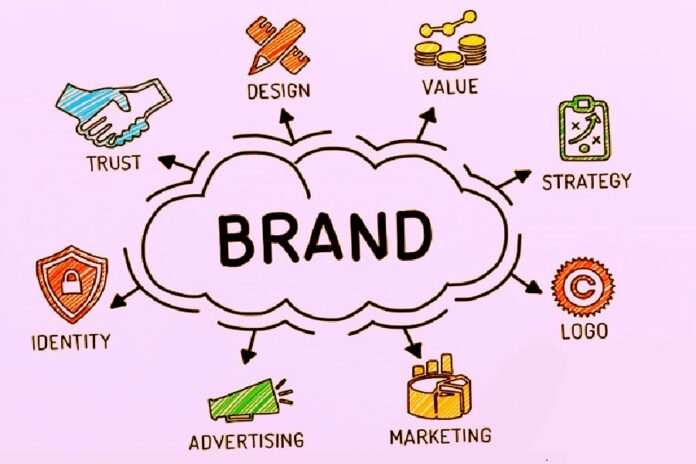Businesses constantly search for strategies that leave a memorable impact. Amidst the noise of digital ads, social media blitzes, and viral campaigns, one method stands out for its sustained worth: promotional merchandise. This strategy, rooted in physical interactions, provides a distinct avenue to foster a genuine connection with audiences.
Yet, as with any game plan, success in this arena doesn’t come automatically. Companies frequently face hurdles that can undermine their efforts. The challenges are multifaceted; they range from understanding the shifting preferences of diverse audiences to balancing quality with budget constraints. Some brands pour substantial resources into merchandise that misses the mark, failing to appeal to their target demographics. Others grapple with distributing their products effectively, leading to missed opportunities and stagnant stockpiles. A further hindrance lies in the message itself: ensuring that the promotional items reflect the company’s ethos and narrative without being overly commercialized.
The potential benefits of promotional merchandise are clear, but many challenges stand in the way. With these obstacles in mind, this article seeks to illuminate the roadmap for businesses, offering guidance on constructing a promotional merchandise plan of action that resonates and delivers measurable results.
The Benefits Of Promotional Merchandise
In competitive marketing, branded products are tried-and-true assets for businesses. Here are the distinct advantages it offers:
- Creates a tangible connection – In the digital age, the physical touch of promotional items like mugs, pens, and, notably, garments have become significant. Should companies embed their brands even further into the daily lives of their audience, they might consider the appeal of high-quality clothing bearing their logo or design. Getting reputable services like t-shirt printing for businesses becomes essential for those seeking this route.
- Boosts brand recall – Whether a branded notebook or a tee, consistent interaction with a promotional item amplifies brand recognition, subtly guiding consumers towards the business during purchasing decisions.
- Enhances customer loyalty – Offering valuable merchandise can cultivate feelings of appreciation, leading to positive brand sentiments and encouraging continued patronage.
- Maximizes exposure within budget – Even with an initial outlay, the lasting efficacy of these items provides prolonged brand exposure, frequently surpassing the short-lived nature of many digital campaigns.
- Adaptable utility – From corporate events to grassroots community outreach, promotional merchandise exhibits unmatched flexibility, proving its merit across varied scenarios.
- Fostering unity – Wearing branded apparel, especially, can evoke a collective identity among wearers, deepening their connection to the brand and fellow enthusiasts.
Promotional merchandise isn’t just about stamping a logo on a product. It’s a thoughtful approach that fosters long-term bonds and strengthens brand loyalty. With its significance understood, it’s time to explore the strategies to harness its full potential.
Research Your Target Audience

A successful strategy for merchandise hinges on profoundly understanding your target audience. To tailor your approach:
- Profile your audience – Determine basic demographics like age, gender, and occupation to guide your product choices.
- Gauge preferences – Identify whether they gravitate towards eco-friendly items, tech gadgets, or luxury goods to ensure resonance.
- Address challenges – Understand their pain points and tailor merchandise that addresses those needs, adding value beyond branding.
- Stay trend-aware – Keep abreast of industry and consumer trends to ensure your promotional items remain relevant.
- Elicit feedback – Use surveys and direct engagement to gather insights into their preferences.
- Peek at competitors – See what others do to identify potential gaps or validate your approach.
Focusing on your audience’s specifics can set the foundation for a promotional merchandise strategy that’s both effective and memorable.
Set Clear Objectives
Before embarking on this adventure, it’s crucial to have clear, actionable objectives. Start by pinpointing the primary purpose: brand awareness, customer loyalty, or lead generation. Pair these aims with concrete metrics—instead of a broad goal. Aim for SMART targets such as “boost brand recognition by 20% in the next quarter.” Such an objective brings precision to your strategy and facilitates measurable outcomes.
The merchandise you choose should resonate with the company’s foundational principles and cater to the target audience’s needs. Remember to periodically assess and refine your objectives, adapting to feedback and ensuring the campaign remains on course. With well-defined goals, you provide your promotional product campaign with a solid foundation and direction.
Allocate A Realistic Budget

Branded gear offers substantial value but requires careful budgeting to maximize its potential. Start by assessing the available funds and prioritize spending based on your set objectives. Remember, it’s not about the quantity but the quality of merchandise that connects with your audience.
Consider costs beyond the product, such as design, customization, and distribution. And always factor in a buffer for unforeseen expenses. Establishing a realistic budget upfront safeguards the campaign’s success and ensures a good return on investment.
Choose Impactful Merchandise
Your promotional strategy revolves around the merchandise you choose. It’s essential to choose items that represent your brand and ring deeply with your followers. Start by considering the utility: a frequently used product, like a reusable water bottle or a tote bag, ensures consistent brand exposure. The quality of the merchandise speaks volumes about your brand, so never compromise in this regard.
Additionally, consider the unique aspects of your audience—do they value sustainability, luxury, or innovation? Tailor your merchandise choices to these insights. Lastly, ensure the item fits with your brand message and aesthetic. Opting for impressive merchandise magnifies the chances of creating a lasting connection with your audience.
Design With Branding In Mind

In creating promotional items, design takes center stage. Emphasize a refined presentation of the company’s insignia and signature colors, ensuring it melds naturally with the product’s look. The style should reverberate your brand’s core values, be it innovation, reliability, or sustainability. Each detail should convey the company’s narrative, from font choices to material selection. Above all, ensure brand consistency across all channels to reinforce recognition and trust. When your merchandise design genuinely embodies your brand, it stands out and leaves an indelible footprint.
Distribute Strategically
Identify the best channels and moments to reach your target audience to ensure maximum success. Whether at industry events, during virtual gatherings, online contests, or as part of a loyalty program, align distribution with where your audience is most engaged. This includes the potential to mail merchandise to attendees of virtual events, creating a tangible connection in a digital environment. Consider seasonal factors; for instance, a branded beanie might be best distributed in colder months.
Efficient logistics are essential—ensure timely deliveries and maintain quality during transport. By thinking strategically about distribution, you enhance the visibility and value of your promotional merchandise.
Monitor And Assess Outcomes

Once your promotional product is out in the world, the work doesn’t stop. It’s imperative to track its performance against your set objectives. Utilize feedback tools, customer surveys, and sales data to gauge its effectiveness. Are customers more engaged? Do they recall the company more readily, or is there a spike in sales?
Pinpointing metrics help assess success and areas of improvement. Periodic reviews will allow you to tweak future campaigns for greater effectiveness. By continuously monitoring and evaluating, you ensure your merchandise represents your brand and actively contributes to its growth.
Final Thoughts
Branded merchandise holds a unique power to bridge the gap between brands and their audience. Facing challenges is part of the journey, but with intention and strategy, these tactile tokens can profoundly impact a brand’s narrative. Every item speaks to your commitment and vision. So, are you set to make a persistent influence and elevate your brand’s reach? The path to tangible success awaits.










